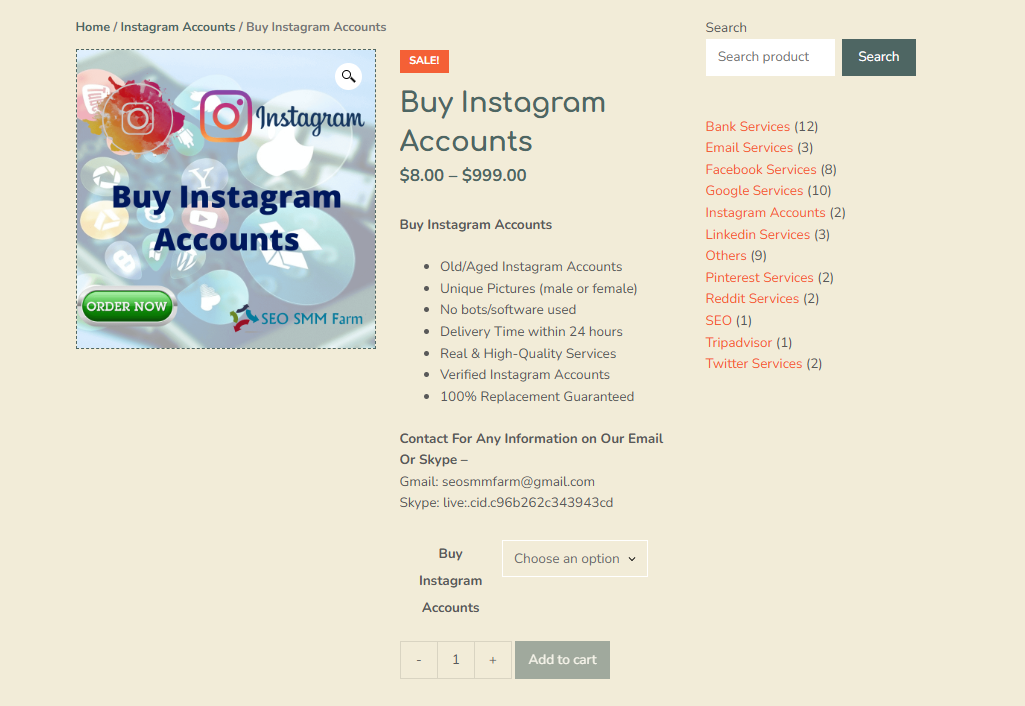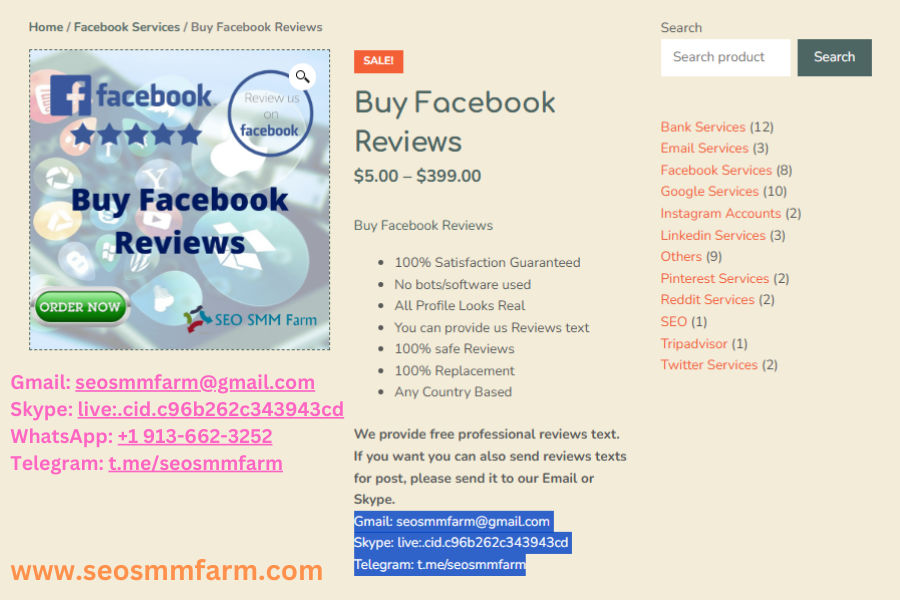How to Create a Social Media Calendar That Works

Strong 8k brings an ultra-HD IPTV experience to your living room and your pocket.
A well-planned social media calendar is one of the most effective tools in a digital marketer’s arsenal. It allows you to stay organized, streamline your content creation process, and ensure your messaging is consistent. Whether you're managing social media for a business, brand, or personal project, having a social media calendar in place can save you time and improve your overall strategy.
In this article, we’ll walk you through how to create a social media calendar that works, helping you plan, organize, and execute your social media content with ease.
Why You Need a Social Media Calendar
Before diving into the steps of creating a social media calendar, it’s important to understand why it’s so valuable. Here are a few key benefits:
Consistency: A social media calendar helps ensure you're posting regularly, which is key to maintaining engagement with your audience.
Time Management: With a clear plan in place, you can batch-create your content, saving time and reducing last-minute stress.
Strategic Content Planning: A calendar lets you plan your content in advance, ensuring that you’re aligned with business goals, campaigns, and seasonal events.
Better Content Variety: By planning ahead, you can mix up the types of content you post (e.g., blog articles, videos, images, polls), keeping your feed fresh and engaging.
Analytics and Optimization: Tracking which posts perform best allows you to adjust your strategy and improve your results over time.
Steps to Create a Social Media Calendar That Works
1. Define Your Social Media Goals
Before creating your calendar, it’s essential to define what you hope to achieve with your social media presence. Your goals will guide the type of content you create and how often you post. Here are some examples of social media goals:
Increase brand awareness
Drive traffic to your website
Generate leads or sales
Build a community or increase engagement
Educate your audience about products or services
These goals will determine what kind of content you need to focus on and the key performance indicators (KPIs) you’ll use to measure success.
2. Choose Your Social Media Platforms
You don’t need to be on every social media platform to have a successful strategy—choose the platforms where your target audience is most active. For instance:
Instagram and TikTok are great for visually-driven content like photos and videos.
Facebook and LinkedIn are better for long-form posts, articles, and business-focused content.
Twitter works well for real-time updates, news, and shorter content.
Pinterest is a powerful platform for products related to home decor, fashion, or food.
Once you’ve identified your platforms, tailor your content to fit the format and audience of each.
3. Decide on Content Themes
A content theme is a broad category that guides what type of content you will post. It’s important to balance content that educates, entertains, and informs. For example:
Product-focused: Showcase new products, features, or services.
User-generated content (UGC): Share posts from your followers or customers.
Behind-the-scenes: Give followers a peek behind the curtain at your team or processes.
Industry news: Share trending news or relevant articles.
Engagement posts: Include polls, quizzes, or interactive questions.
Having clear content themes will help ensure that your social media calendar is balanced and provides variety while staying on-brand.
4. Plan the Frequency and Timing of Posts
Once you know what content you want to create, plan how often you want to post on each platform. Consistency is key, so it’s important to decide on a frequency that’s sustainable for you or your team. A few considerations:
Instagram and Facebook: Posting 3-5 times a week is ideal.
Twitter: Given the fast-paced nature, you might want to post multiple times a day.
LinkedIn: A few posts per week should suffice for B2B marketing.
TikTok and YouTube: Regular video uploads, typically 2-3 times a week, can keep your audience engaged.
Use analytics to determine when your audience is most active on each platform and schedule your posts accordingly to maximize reach and engagement.
5. Create Content in Batches
Creating content in batches is one of the best ways to stay ahead of your schedule. Instead of scrambling to create content last minute, set aside dedicated time each week or month to batch-produce your posts. This allows you to:
Focus on quality and creativity without the pressure of daily deadlines.
Ensure your content is cohesive and aligns with your overall strategy.
Take advantage of scheduling tools (like Buffer, Hootsuite, or Later) to plan posts ahead of time.
Batching content is particularly useful for visual content like images, infographics, or videos. You can create multiple posts at once and schedule them for later.
6. Use a Social Media Calendar Tool
A social media calendar tool helps you stay organized and visually map out your content. There are various options, both free and paid, that allow you to create a calendar, schedule posts, and track performance. Some popular tools include:
Google Calendar: Simple and effective for a basic schedule.
Trello: Offers a visual and flexible layout for planning posts.
CoSchedule: An all-in-one marketing calendar that includes social media scheduling, blogs, and email campaigns.
Hootsuite, Buffer, or Sprout Social: These platforms allow you to schedule and manage content across multiple accounts, track analytics, and collaborate with teams.
Using a tool to manage your calendar helps streamline your workflow, save time, and ensure consistency.
7. Monitor, Measure, and Adjust
The final step in creating a social media calendar is tracking the performance of your posts and adjusting your strategy accordingly. Monitor your KPIs, such as engagement rate, reach, traffic, and conversions, and use this data to refine your content and posting schedule.
It’s important to remain flexible and make adjustments if a particular type of content isn’t working or if you want to take advantage of new trends or opportunities.
Tips for Creating a Social Media Calendar That Works
Plan for seasonal events: Incorporate key dates like holidays, product launches, or industry events into your calendar.
Be mindful of content gaps: Ensure that you're posting a variety of content types (e.g., videos, articles, polls, etc.) and avoid content overload in one category.
Include calls to action (CTAs): Every post should have a purpose, whether it’s driving traffic to your website, encouraging comments, or promoting a sale.
Stay flexible: Life happens, and things don’t always go according to plan. Leave room in your calendar for spontaneous posts or trending topics.
Conclusion
A well-organized social media calendar is essential for creating a consistent, engaging, and effective social media strategy. By setting clear goals, selecting the right platforms, batching content, and using a scheduling tool, you can streamline your process and stay on track to achieve your objectives. Regularly review and adjust your strategy based on analytics, and you'll be well on your way to building a successful and sustainable social media presence.
Note: IndiBlogHub features both user-submitted and editorial content. We do not verify third-party contributions. Read our Disclaimer and Privacy Policyfor details.



